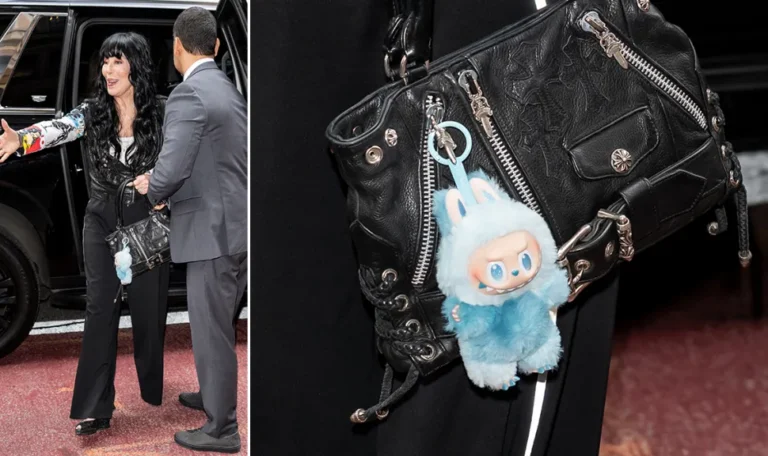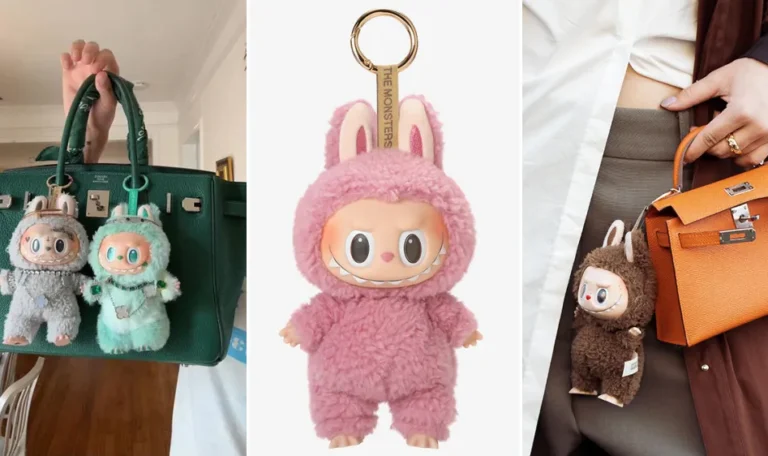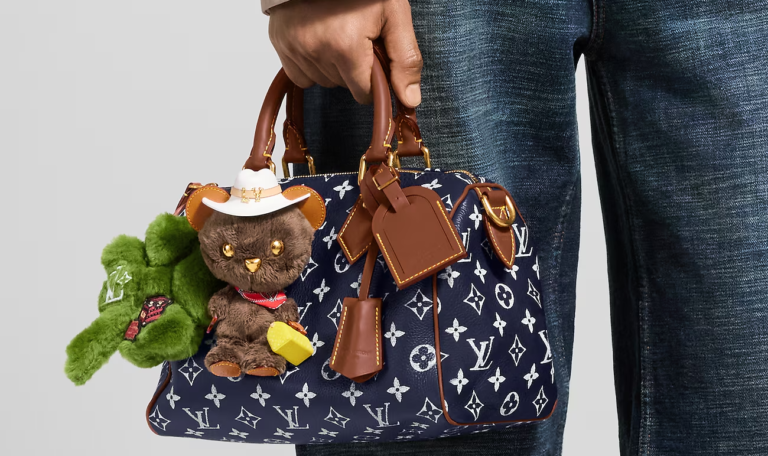
Employee Spotlight: 2025 PPAI Rising Star
Stephanie Hinkle has been named one of the 2025 PPAI Rising Stars — a prestigious
A mischievous vinyl figure from The Monsters series by artist Kasing Lung and collectible toy brand POP MART, Labubu was originally beloved in designer toy circles. But when fashionistas began styling the spiky-eared character on luxury handbags, it transformed from collector’s item to cultural icon.
Soon, Labubu bag charms were spotted on the red carpet, Gucci totes, Loewe crossbodies, and even paired with Hermès Twillys. A designer toy crossed into high fashion—and created a global moment.

But here’s the real story: brands saw the trend and responded. Some chased it. Others—like Louis Vuitton—used it to reassert their own narrative.
And that’s the lesson:
You don’t have to chase the trend. You can use it to reinforce your brand identity.
At MadeToOrder, we help brands do exactly that. We turn moments of cultural buzz into merch strategies rooted in emotion, relevance, and longevity.
So what can Labubu teach us? Let’s dive in.
The spiky-haired Labubu figurine from Pop Mart isn’t new—but it’s everywhere. You’ll spot it dangling off tote bags, perched on influencer bookshelves, or clipped to car mirrors. Each one is pulled from a blind box—meaning buyers don’t know which design they’re getting until they open it. That element of mystery has fueled a social media frenzy, with over 1.4 million TikTok videos under the #Labubu hashtag (TikTok Search, 2024).
It’s not just a collectible. It’s a case study in emotional branding, cult strategy, and smart cultural positioning.

Louis Vuitton didn’t ignore the Labubu craze—they saw it and used the moment to reinforce their own story.
Instead of creating Labubu knockoffs, they revived their original Vivienne mascot and launched collectible designer charms priced at $1,200+ (Elle).

They didn’t chase the wave—they redirected the spotlight back to their brand: heritage, exclusivity, and enduring character design. It’s the perfect example of how a brand can engage a trend without losing their identity.
You don’t have to compete with the trend. You can use it to strengthen what your brand already stands for.
Trends come and go—but your brand story shouldn’t. The most successful merch isn’t a flash-in-the-pan—it’s an extension of your values, voice, and visuals.
Chasing hype can dilute your message. But observing the trend and thoughtfully aligning your own response? That builds credibility and momentum.
Create drops, gifts, and product experiences that reinforce your brand story. Lean into scarcity, storytelling, and shared values—just like Labubu and LV did.
Merch should connect emotionally. When people see themselves in your product experience, they’re more likely to share it, save it, and become a part of your brand’s journey.
From onboarding kits to limited edition drops, we help you create merch that feels like you.
Labubu isn’t the point—it’s the prompt.
Trends will continue to rise and fall. But the real opportunity lies in how you respond. Whether it’s a viral figure, a cultural wave, or a moment of collective nostalgia, the smartest brands use those sparks to illuminate their own stories.
Let MadeToOrder help you build merch with meaning—rooted in strategy, designed for connection, and aligned with what makes your brand unforgettable.
Related Posts

Stephanie Hinkle has been named one of the 2025 PPAI Rising Stars — a prestigious

Unwrap the magic of the season with gift ideas curated for every persona on your

MadeToOrder (MTO), a leading women- and employee-owned company in the promotional products industry, is excited